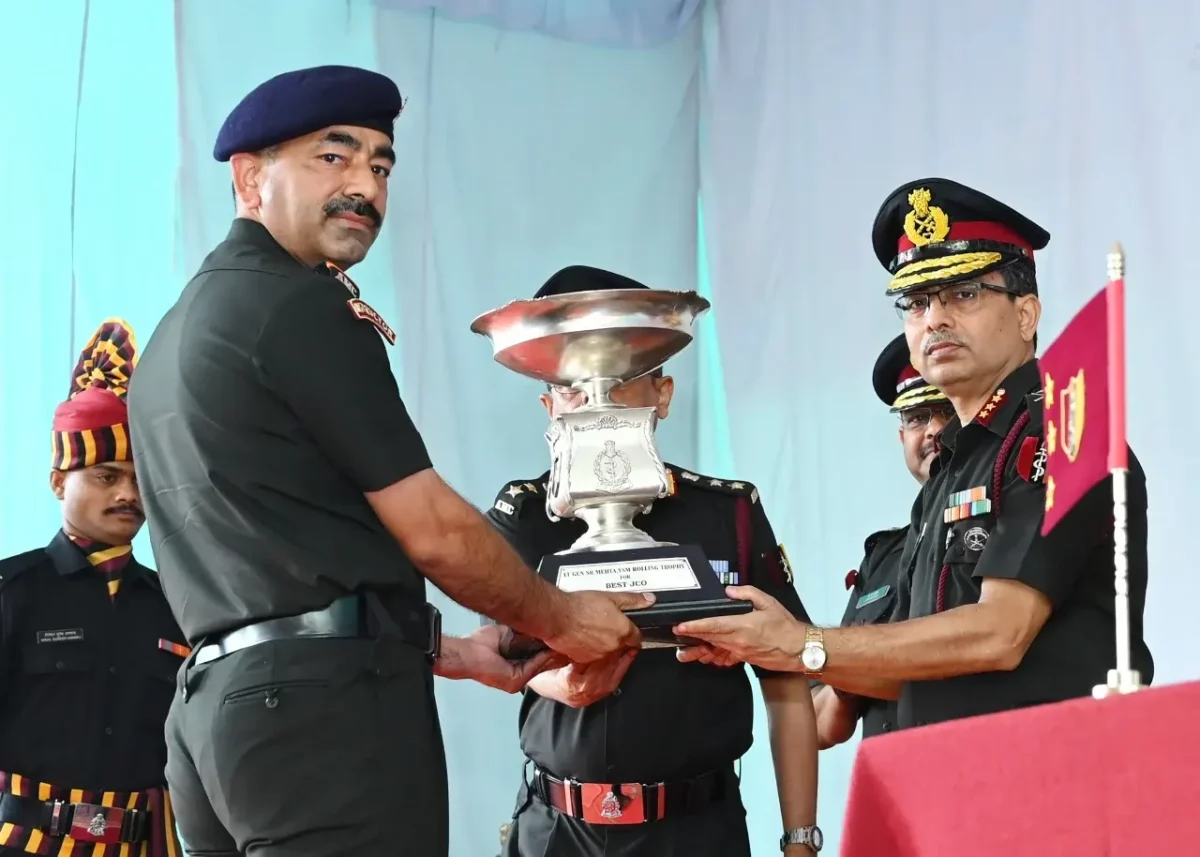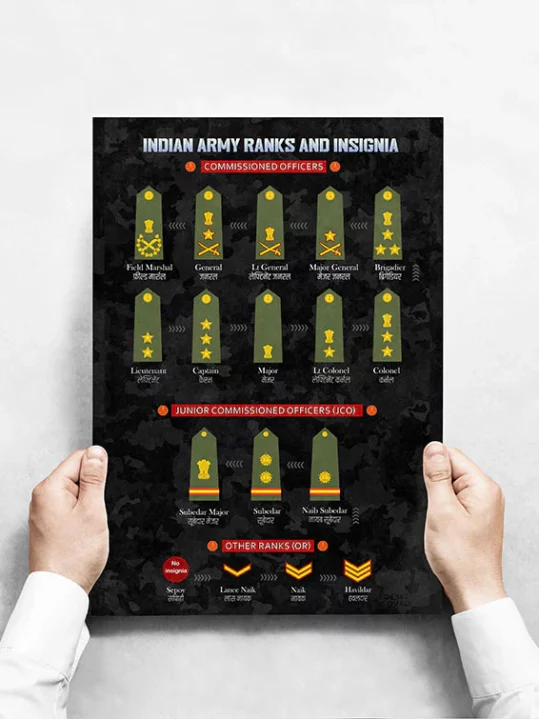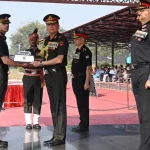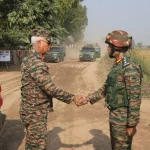Junior Commissioned Officers (JCOs) occupy a pivotal position within the hierarchical structure of the Indian Army, serving as an essential intermediary between commissioned officers and enlisted personnel. These ranks, which include Naib Subedar, Subedar, and Subedar Major in infantry units (with equivalent designations such as Naib Risaldar, Risaldar, and Risaldar Major in cavalry), are characterized by their unique blend of leadership authority, practical experience, and technical proficiency. JCOs are not merely transitional figures; they are integral to the operational efficacy, discipline, and morale of the armed forces. This article examines the historical origins, roles, responsibilities, and multifaceted contributions of JCOs, elucidating why they are rightfully regarded as the backbone of the Indian Army.
Historical Background
The institution of JCOs traces its roots to the British colonial era in India. Initially designated as Viceroy’s Commissioned Officers (VCOs), these ranks were established to provide mid-level leadership opportunities for Indian soldiers demonstrating exceptional merit, albeit without granting them full commissioned status reserved for British officers. This system emerged in the late 19th century, evolving from the native commissioned officers of the Presidency armies under British rule. By 1885, VCOs had become formalized in the British Indian Army, including in Gurkha regiments, despite Nepal’s non-colonial status.
Following India’s independence in 1947, the designation transitioned to Junior Commissioned Officers, retaining their core function as a vital link in the chain of command. The 1945 Willcox Committee Report recommended phasing out VCOs, yet the structure persisted due to its proven utility in maintaining operational continuity. During significant conflicts, such as World War II and the 1965 Indo-Pak War, JCOs (then VCOs) demonstrated exemplary leadership, often commanding units in the absence of higher officers and ensuring mission objectives were achieved amid adversity. This historical evolution underscores their enduring relevance in the post-independence Indian Army.
Ranks and Promotion Process
The JCO cadre comprises three primary ranks in the Indian Army, differentiated by pay levels and responsibilities:
- Naib Subedar/Naib Risaldar (Pay Level 6): This entry-level JCO rank involves supervisory duties and initial leadership roles.
- Subedar/Risaldar (Pay Level 7): Mid-tier JCOs handle increased operational planning and unit coordination.
- Subedar Major/Risaldar Major (Pay Level 8): The senior-most JCO rank, focusing on advisory functions and overall unit welfare.
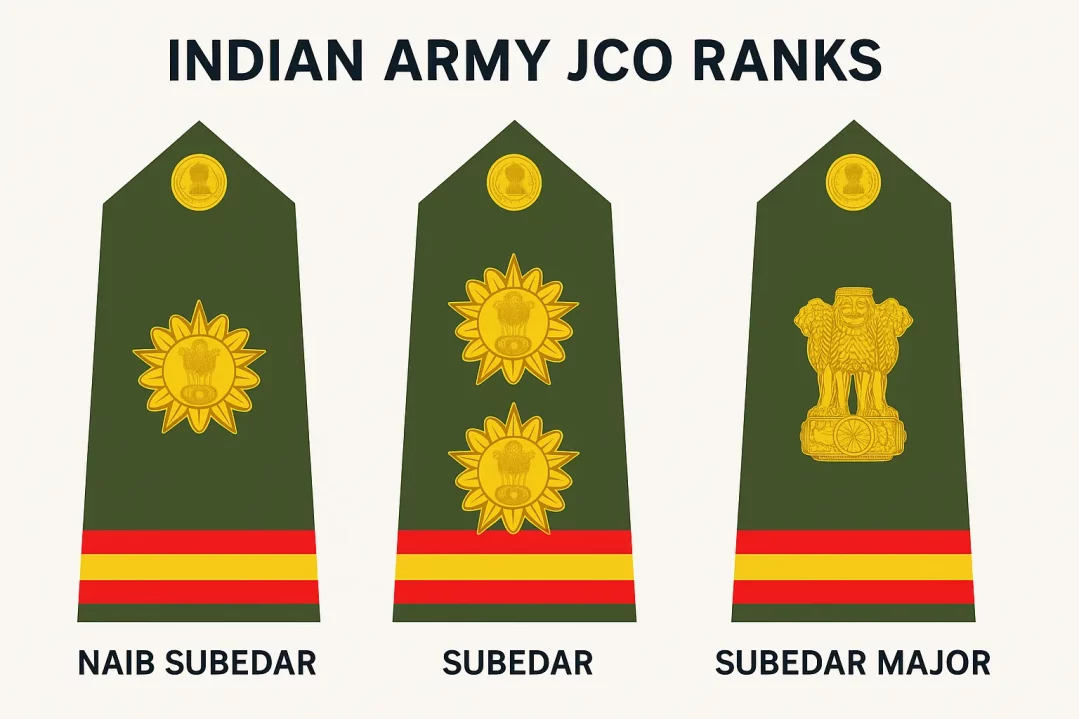
These ranks are adapted across branches, with equivalents in the Indian Navy (e.g., Master Chief Petty Officer) and Air Force (e.g., Master Warrant Officer), as well as paramilitary forces.
Promotion to JCO status is merit-based and competitive, typically drawn from senior Non-Commissioned Officers (NCOs) such as Havildars. Candidates are selected on the basis of seniority, performance evaluations, and available vacancies, ensuring that only those with proven expertise ascend to these positions. This selective process contributes to the high caliber of JCOs, who are granted additional privileges, including gazetted officer status, distinguishing them from other enlisted ranks.
Roles and Responsibilities
JCOs fulfill a diverse array of roles that encompass leadership, administration, and operational support, making them indispensable to the Indian Army’s functionality.
In terms of leadership, JCOs act as mentors and enforcers of discipline, leading by example to maintain high standards of professionalism and unity among troops. They address disciplinary matters, resolve conflicts, and foster a culture of respect, thereby upholding morale during challenging deployments.
Regarding training and development, JCOs are responsible for assessing training needs, designing programs, and imparting both technical skills and core military values such as loyalty and camaraderie to new recruits. Their experiential knowledge ensures that personnel are adequately prepared for operational demands.
Administratively, JCOs manage personnel records, welfare concerns, and logistical coordination, securing resources and supplies to support unit operations. They also facilitate communication, relaying orders from commissioned officers to enlisted personnel and providing ground-level feedback upward, enhancing overall coordination.
In operational planning and execution, JCOs collaborate with higher officers to develop strategies, offering practical insights derived from their field experience. This involvement ensures meticulous mission preparation and effective implementation.
JCOs are empowered with command authority over enlisted personnel, decision-making capabilities within their scope, and representational roles in forums, allowing them to influence unit dynamics profoundly.
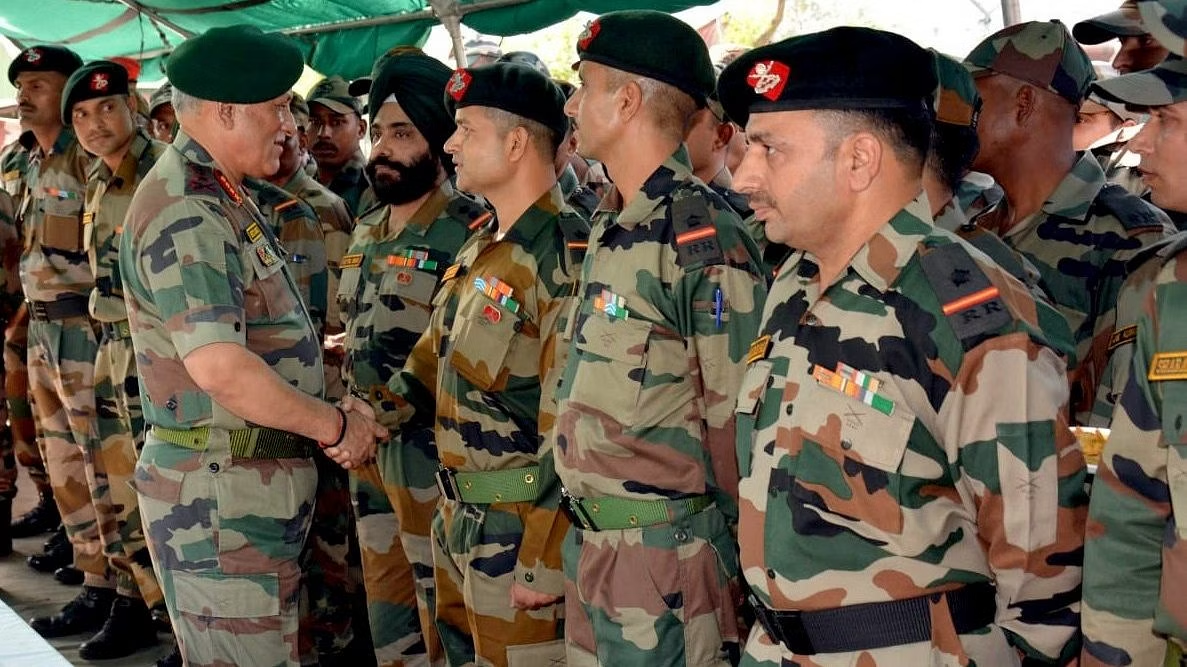
Key Reasons Why JCOs Are the Backbone
Several factors affirm the characterization of JCOs as the backbone of the Indian Army. Foremost is their role as a bridge between ranks, translating strategic directives into actionable plans while conveying frontline realities to superiors. This bidirectional communication prevents disconnects and optimizes decision-making.
Their extensive experience and practical knowledge, accrued through years of service, enable effective mentorship and problem-solving in complex scenarios. JCOs often possess specialized expertise in areas like artillery, engineering, and communications, ensuring flawless execution of technical tasks.
Additionally, JCOs provide unit-level leadership, serving as the primary interface for soldiers in the field. Their presence bolsters discipline, morale, and efficiency, particularly in high-pressure environments. Without JCOs, the chain of command would lack the practical insight essential for sustained operational success, rendering them the “glue that holds the army together.”
Examples and Anecdotes
Subedar Major and Honorary Captain Mahendra Singh, KC, SM is a highly decorated JCO in the 9 Para (Special Forces). He has received the Kirti Chakra and Sena Medal, among other military honors, for his courage and distinguished service in challenging operations.
These anecdotes highlight how JCOs’ contributions extend beyond routine duties, often determining the outcome of critical operations.
Conclusion
In summary, Junior Commissioned Officers represent the foundational strength of the Indian Army through their leadership, expertise, and intermediary functions. Their historical significance, rigorous selection, and comprehensive responsibilities ensure the seamless integration of strategic vision with tactical execution.
As the unsung heroes who sustain discipline, morale, and operational readiness, JCOs embody the resilience and professionalism that define the Indian armed forces. Their indispensable role merits continued recognition and support to uphold the army’s effectiveness in safeguarding national security.

